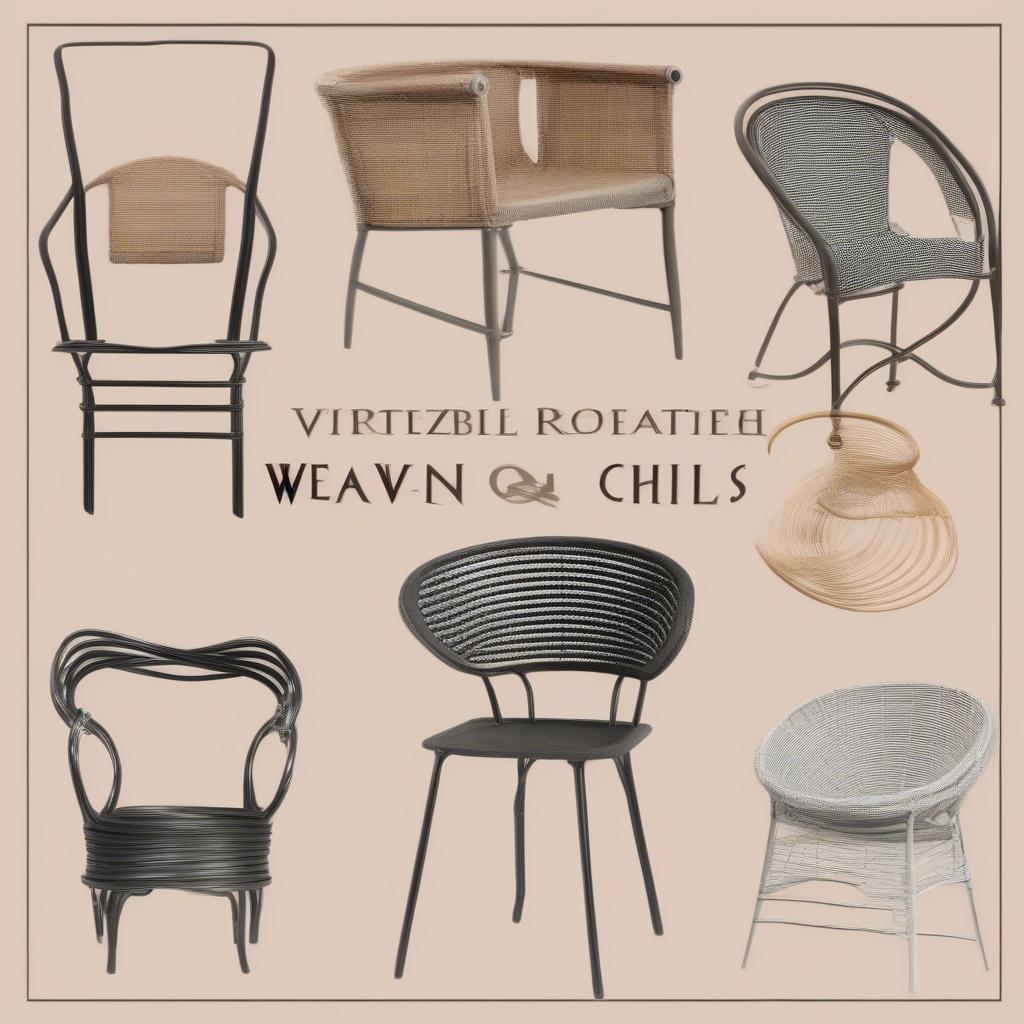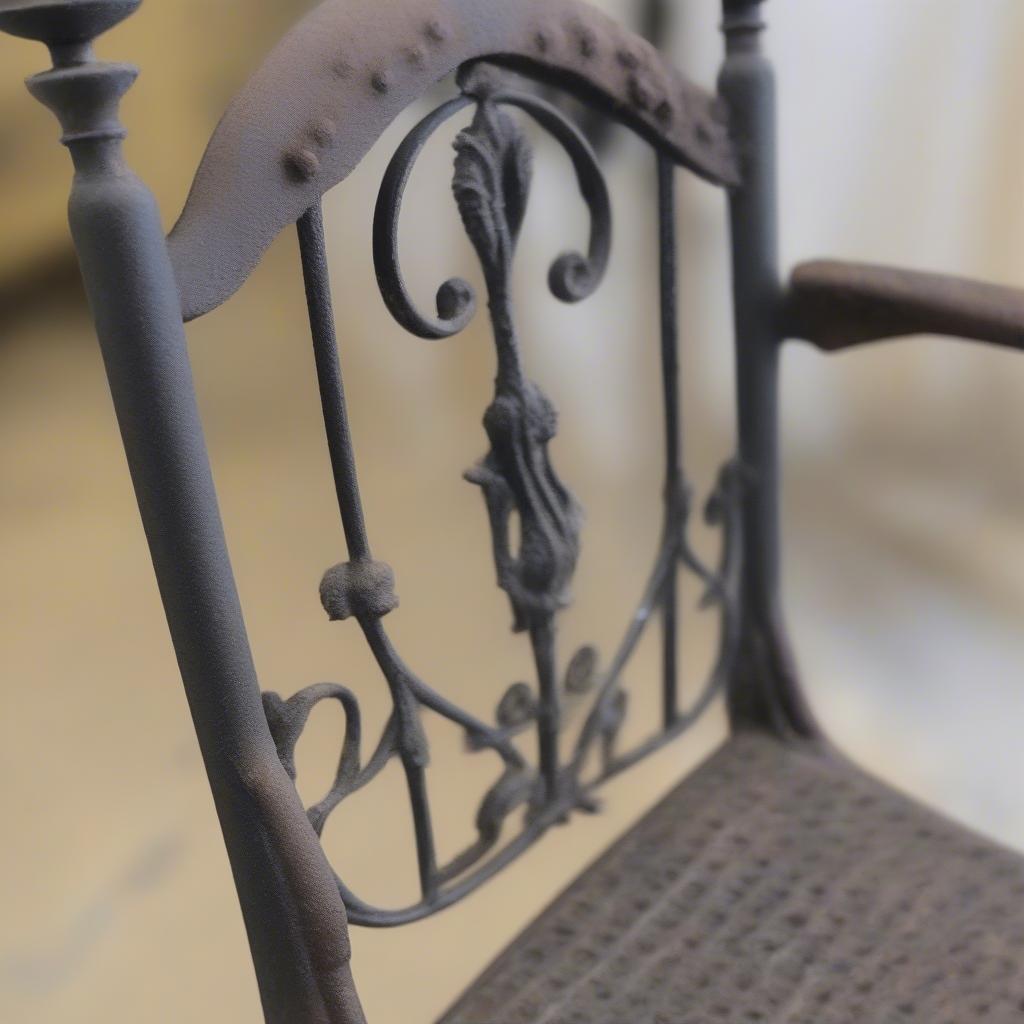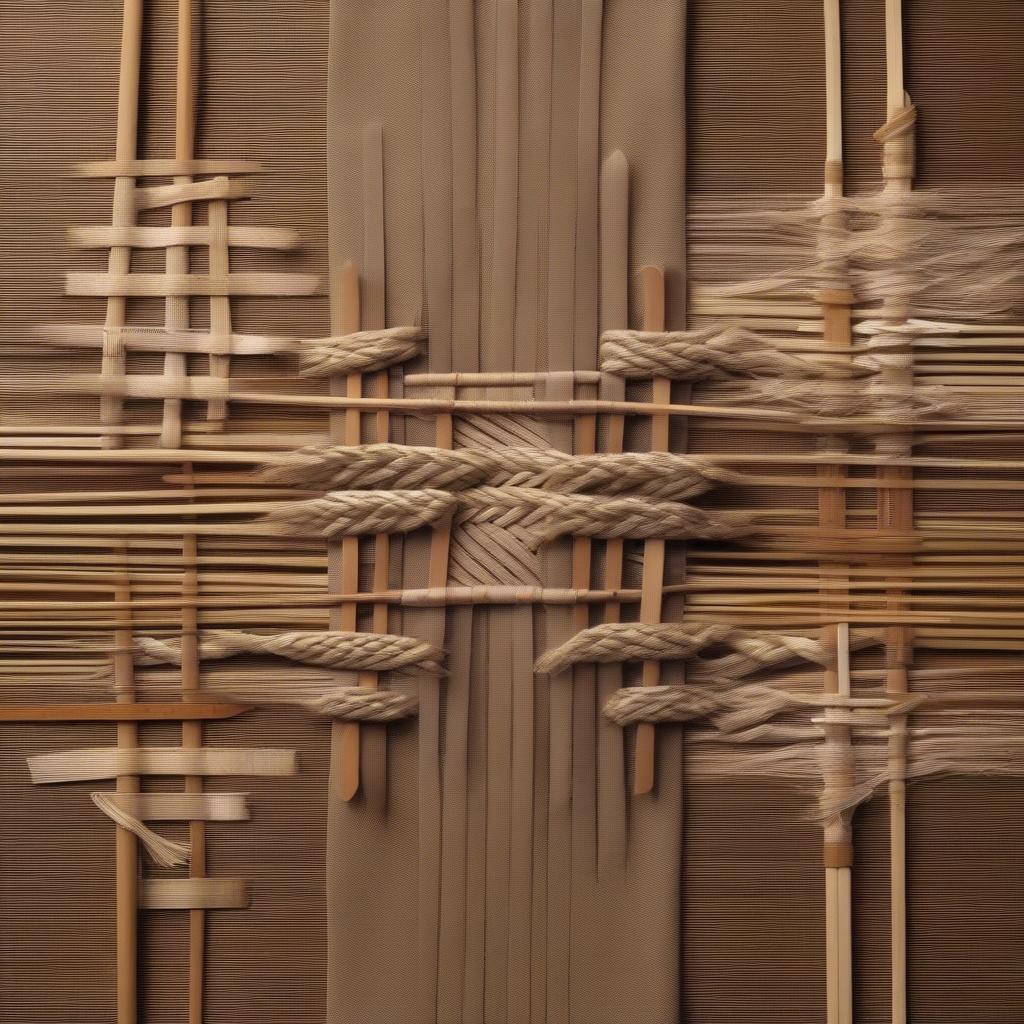Weave Chair
How to Weave a Wrought Iron Chair
Weaving a wrought iron chair involves a unique blend of metalwork and fiber artistry. It’s not as simple as weaving a basket, but with patience and the right techniques, you can transform a plain wrought iron frame into a beautiful and comfortable seating piece. This comprehensive guide will explore the process of weaving wrought iron chairs, covering material selection, preparation, weaving patterns, and finishing touches.
Understanding Wrought Iron and Weaving Materials
Before you begin, it’s crucial to understand the properties of wrought iron and suitable weaving materials. Wrought iron, known for its durability and malleability, provides a sturdy frame for your chair. Choosing the right weaving material is essential for both aesthetics and longevity.
Selecting the Right Weaving Material
Several materials can be used for weaving wrought iron chairs, each with its own advantages and disadvantages:
- Natural Fibers: Rattan, wicker, seagrass, and reed offer a classic, natural look and are relatively easy to work with. They provide excellent flexibility and durability.
- Synthetic Materials: Synthetic wicker, HDPE (high-density polyethylene) wicker, and vinyl offer weather resistance and are easy to clean. These materials are a great choice for outdoor furniture.
- Metal Wire: Aluminum or copper wire can create a unique, modern look. This option requires more specialized tools and techniques.
 Different Weaving Materials for Wrought Iron Chairs
Different Weaving Materials for Wrought Iron Chairs
Preparing the Wrought Iron Frame
Proper preparation of the wrought iron frame is crucial for a successful weaving project.
Cleaning and Rust Removal
Begin by thoroughly cleaning the frame to remove any dirt, rust, or debris. Use a wire brush to remove loose rust and then apply a rust converter to prevent further corrosion.
Priming and Painting (Optional)
If desired, you can prime and paint the frame to protect it from the elements and enhance its appearance. Choose a paint specifically designed for metal surfaces.
 Cleaning and Preparing a Wrought Iron Frame for Weaving
Cleaning and Preparing a Wrought Iron Frame for Weaving
Weaving Techniques for Wrought Iron Chairs
Several weaving techniques can be employed to create different patterns and textures.
Basic Weaving Patterns
- Over-Under Weave: This simple yet effective technique involves passing the weaving material over and under the wrought iron frame members.
- Diagonal Weave: This technique creates a diagonal pattern by weaving the material diagonally across the frame.
- Twining Weave: This technique involves twisting two or more strands of weaving material together as they are wrapped around the frame.
Advanced Weaving Techniques
- French Weaving (Cannage): This intricate technique involves creating complex patterns using cane or reed, typically used for chair seats and backs.
- Danish Cord Weaving: This technique uses a continuous length of cord wrapped around the frame in a specific pattern.
 Different Weaving Techniques for Wrought Iron Chairs
Different Weaving Techniques for Wrought Iron Chairs
Finishing Touches
Once the weaving is complete, a few finishing touches can enhance the chair’s appearance and durability.
Securing the Ends
Securely tuck in or tie off any loose ends of the weaving material to prevent unraveling.
Applying a Sealant (Optional)
Applying a sealant to natural fiber materials can protect them from moisture and UV damage, prolonging their lifespan.
Conclusion
Weaving a wrought iron chair allows you to combine artistry and functionality, creating a unique and personalized piece of furniture. By understanding the materials, preparing the frame properly, and mastering the weaving techniques, you can transform a simple wrought iron frame into a beautiful and comfortable chair. Remember to choose the right weaving material for your desired aesthetic and the intended use of the chair. How To Weave A Wrought Iron Chair can be a rewarding experience.
FAQ
-
What is the best material for weaving an outdoor wrought iron chair?
Synthetic wicker or HDPE wicker are ideal for outdoor use due to their weather resistance. -
How do I prevent rust on my wrought iron chair frame?
Clean the frame thoroughly and apply a rust converter. Priming and painting the frame can also offer additional protection. -
What is the easiest weaving technique for beginners?
The over-under weave is a simple and effective technique for beginners. -
How do I secure the ends of the weaving material?
Tuck the ends into the weave or tie them off securely. -
Do I need to apply a sealant to the woven material?
Applying a sealant is recommended for natural fibers to protect them from moisture and UV damage. -
Where can I find more detailed instructions on specific weaving patterns?
Many online resources and books offer detailed tutorials on various weaving techniques. -
Can I weave a wrought iron chair with metal wire?
Yes, metal wire can be used, but it requires more specialized tools and techniques.
Common Questions and Scenarios
- Replacing Existing Weaving: If your wrought iron chair has damaged weaving, you can remove the old material and re-weave it using the same or a different material.
- Choosing a Pattern: Consider the overall style of your furniture and personal preferences when selecting a weaving pattern.
- Working with Different Frame Shapes: Adapt your weaving techniques to the specific shape and design of your wrought iron frame.
Further Exploration
Explore other articles on our website related to furniture restoration, DIY projects, and working with natural and synthetic weaving materials.
Please contact our Hotline at +84 388 951 999, our office in Hanoi, Vietnam, or our US office at Tech Avenue, Suite 12, San Francisco, CA 94105 for any assistance. Our customer service team is available 24/7.
